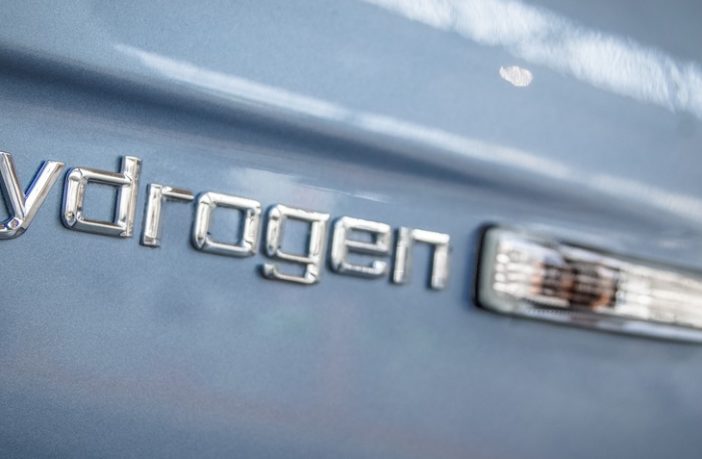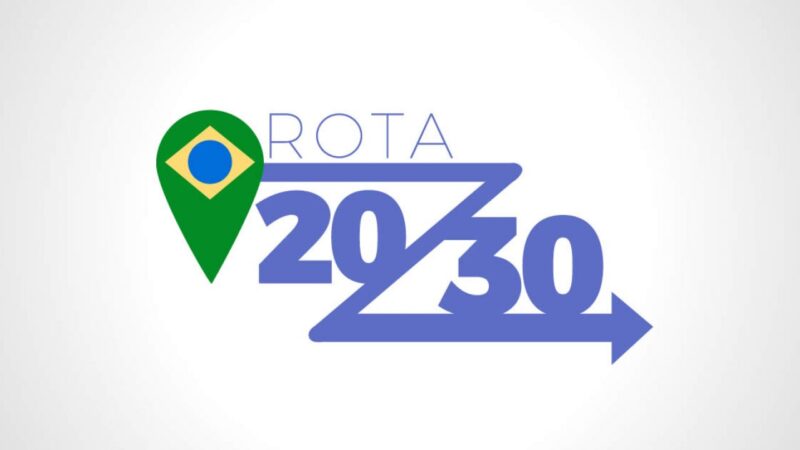The mobility of the future is written with H

That the future of mobility is “green”, there is no doubt, so much so that in recent years we have observed a racing for electrification in the automotive sector, with the success of automakers like Tesla and its all-electric sports cars and also the ban on combustion engines imposed by the German government from 2030, as poignant examples of this pure marathon. We are seeing all the main groups involved in the automotive chain or who work in the mobility area restructuring their operations and concentrating large investments in electrification, no matter if with products or services.
But one question remains: is the electrification, then, the end of the road to the New Mobility?
The answer is no! Not because of the countless discussions about the electrification process, nor the demands for exorbitant investments in countries with practically zero electrical infrastructure like Brazil, neither for the technologies that still need to develop even more than they have already developed, but the answer is no because electrification is just an intermediate stop on this road.
So, where does this road ends? The answer becomes more evident every day and it is on the most abundant chemical element in the Earth, with free access to all living beings, whose atomic number is 1 and its symbol is in the title above. Yes, we are talking about the hydrogen!
While the overwhelming majority of global automotive players are focusing massively on technologies and basing their strategies on electricity as we know it – or in another words, considering the power generated by hydroelectric, thermal, nuclear, wind or solar plants – as the fuel for the cars of the future, a few others have decided to bet on the hydrogen and on how to mitigate the challenges to take it over, applying it on the automotive industry in a sustainable, profitable as well as a safe way, already realizing today this as a winner bet.
Proof of that is the recent announcement by the French government regarding its commitment called “French Hydrogen Strategy”, aiming both the generation of new jobs and the reduction of CO2 emissions, as well as to promoting the transition of its current energy matrix and, sure, to improve the quality of air into the cities. This announcement is in line with similar actions already in place by other governments such as the Japanese, German, English, Australian, and others.
The South America zone, led by Brazil, has another chance to align itself with the major world economies and main innovation centers to mitigate the current technological gap without the need of surreal as well as impractical investments in the infrastructure of our electricity sector. We must to promote a high-level technical discussion to update our outdated and fragile energy matrix in face of this new reality.
As I wrote at the beginning of this post, the mobility of the future is “green”, but clean and autonomous as well, and reflecting both the initiatives and the decisions that already have been taken until now, but not forgetting that will have several stops in this road until our final destination. The electrification is just one of these stops.
Carlos Barcha is a tire specialist with 20 years of experience in the automotive sector, founder and CEO of The Consulting Business Solutions and Technical Manager for Michelin South America. Opinions and information expressed here are personal and do not necessarily reflect the positioning of these companies.



